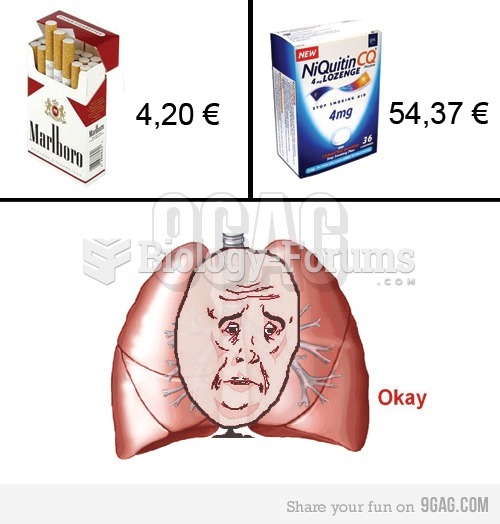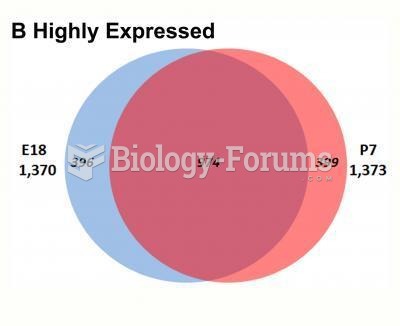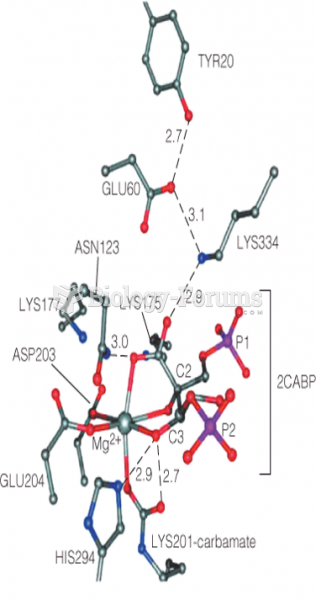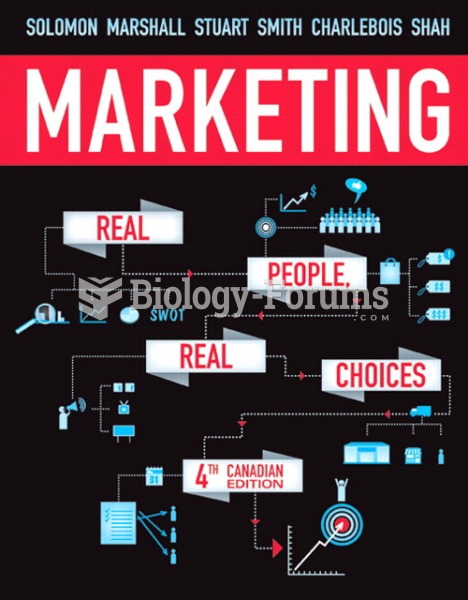Answer to Question 1
Water: Even casual exercisers must attend conscientiously to their fluid needs. Physical activity blunts the thirst mechanism, especially in cold weather. During activity, thirst signals come too late, so don't wait to feel thirsty before drinking. To find out how much water is needed to replenish activity losses, weigh your- self before and after the activitythe difference is almost all water. One pound equals roughly 2 cups (500 milliliters) of fluid.
Nutrient density: A healthful diet is based on nutrient-dense foodsfoods that sup- ply adequate vitamins and minerals for the energy they provide. Active people need to eat both for nutrient adequacy and for energyand energy needs can be extremely high. For example, during training, meals for some Olympic athletes provide as much as 12,000 kcalories a day. Still, a nutrient-rich diet remains central for adequacy's sake. Though vital, energy alone is not enough to support performance.
Carbohydrate: A diet that is high in carbohydrate (60 to 70 percent of total kcalories), moderate in fat (20 to 35 percent), and adequate in protein (10 to 20 percent) ensures full glycogen and other nutrient stores. On two occasions, however, the active person's regular high-carbohydrate, fiber-rich diet may require temporary adjustment. Both of these exceptions involve training for competition rather than for fitness in general. One special occasion is the pregame meal, when fiber-rich, bulky foods are best avoided
The other occasion is during intensive training, when energy needs may be so high as to outstrip the person's capacity to eat enough food to meet them. In this case, the athlete can add concentrated carbohydrate foods, such as dried fruits, sweet potatoes, and nectars, and even high-fat foods, such as avocados and nuts. Some athletes use commercial high-carbohydrate liquid supplements to obtain the carbohydrate and energy needed for intense training and top performance. These supplements do not replace regular food; they are meant to be used in addition to it. Unlike the sports drinks discussed earlier, these high-carbohydrate supplement beverages are too concentrated in carbohydrate to be used for fluid replacement.
Protein: In addition to carbohydrate and some fat (and the energy they provide), physically active people need protein. Meats and milk products are rich protein sources, but recommending that active people emphasize these foods is narrow advice. As mentioned repeatedly, active people need diets rich in carbohydrate, and of course, meats have none to offer. Legumes, whole grains, and vegetables provide some protein with abundant carbohydrate.
Answer to Question 2
Does vitamin E supplementation protect against exercise-induced oxidative stress? Some studies find that it does; others show no effect, and still others report enhanced oxidative stress. Recent research may offer some insight into these inconsistencies. Although free radicals are usually damaging, during repeated episodes of endurance activities, they may actually be beneficial. Free radicals activate powerful antioxidant enzymes, which may enhance the athlete's tolerance to oxidative stresses. Researchers speculate that antioxidant supplements such as vitamin E interfere with this protective adaptation. This may explain why, in some studies, athletes taking vitamin E show signs of increased oxidative stress. Clearly, more research is needed on supplements, but in the meantime, active people can benefit by using vitamin Erich vegetable oils and eating generous servings of antioxidant-rich fruits and vegetables regularly. Beta-carotene and vitamin C in fruits and vegetables, as well as many of the phytochemicals in these foods, are also potent antioxidants.







